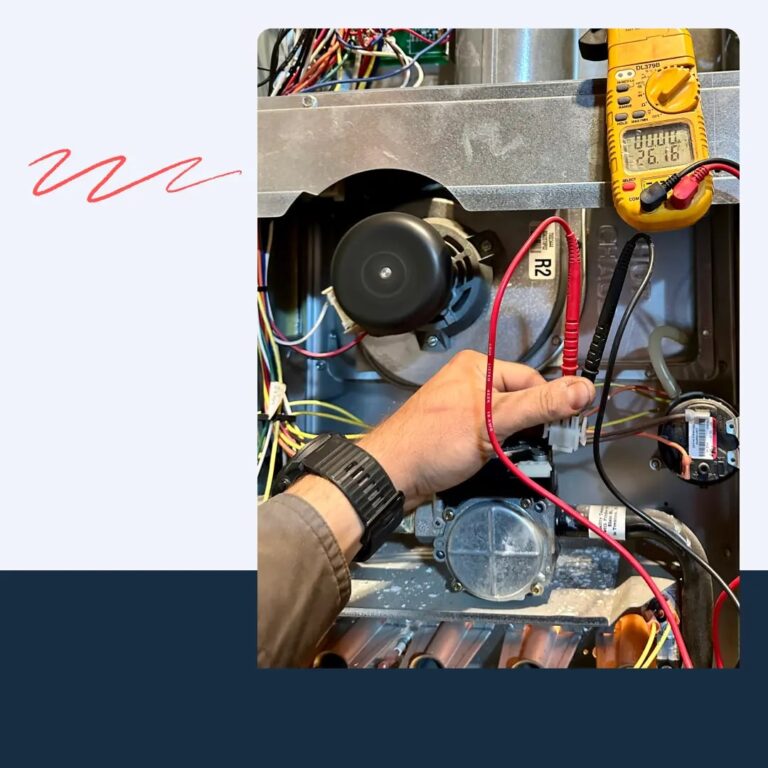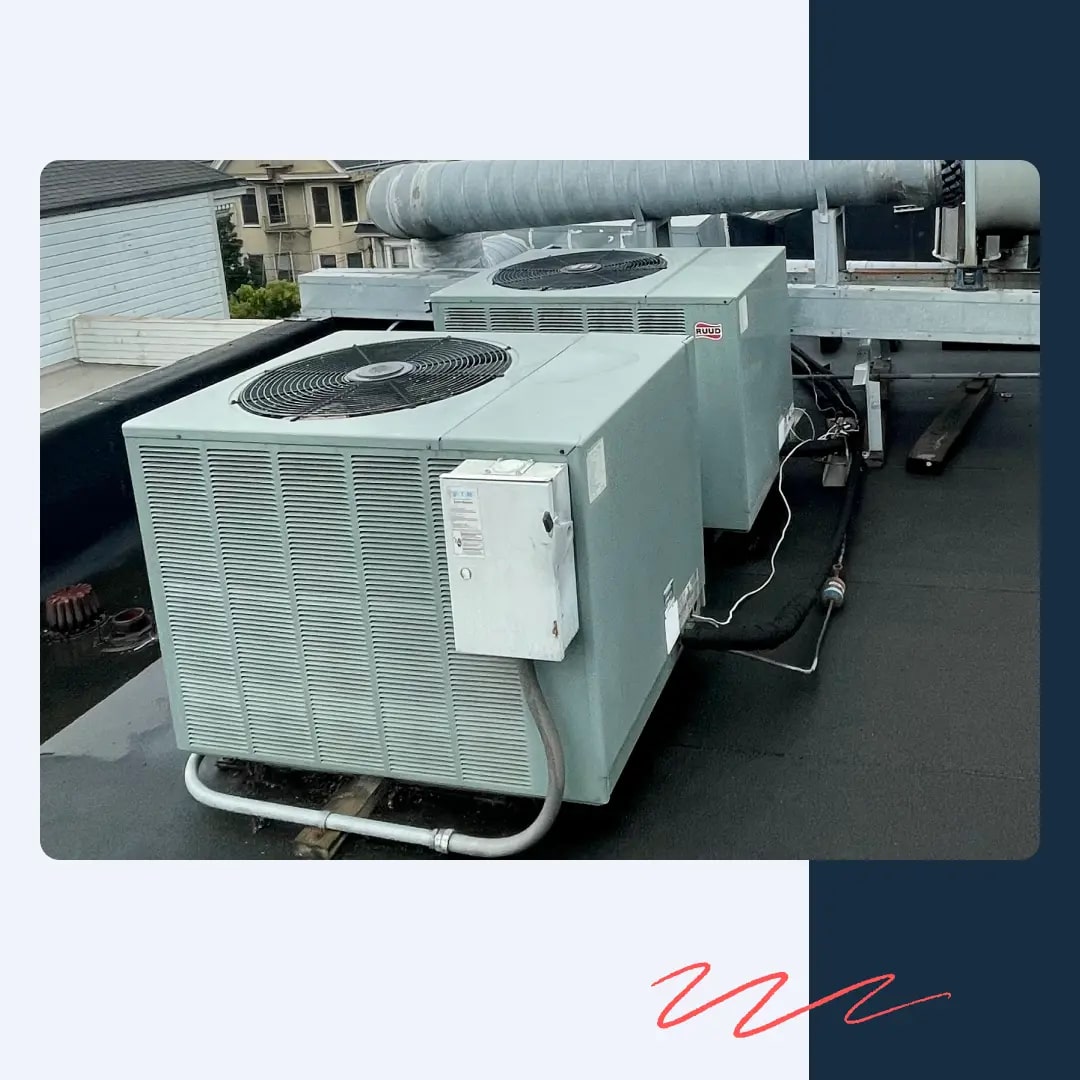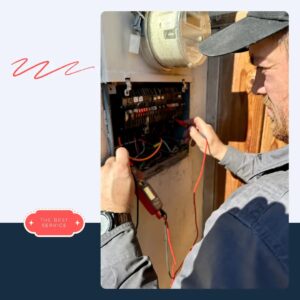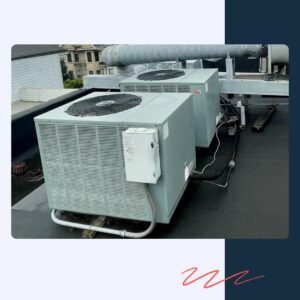Knowing the Signs of Bad Wiring in House Can Save Your Home

Your home may look safe, cozy, and modern, but real danger could be hiding inside the walls. Electrical wiring is like the “nervous system” of your home. If it’s unstable, the whole organism starts to malfunction. Freon Service experts will teach you how to instantly recognize the signals that something’s wrong.
Flickering Lights as One of the Signs of Faulty Electrical Wiring
In horror movies, it’s the harbinger of a ghost appearing behind you or an alien at the doorstep. In real life, it’s your wiring hinting it can’t handle the load. You’ve got issues with voltage or a short. In the future, expect degradation of the entire system.
Why does this happen?
- Many homes in San Jose were built before the 1980s. Back in those glorious days, electricians had no idea how much the load on household energy arteries would grow in just under 50 years.
Compare: AC units back then needed 15 amps. Modern ones gobble up 20–30 amps and consider it a light snack.
- Overloading melts insulation. From there, it’s a short step to a short circuit or fire.
We’re not exaggerating: According to NFPA reports from 2011–2023, about 47,700 home fires occur annually in the U.S. due to electrical equipment or wiring malfunctions, including circuit overloads.
What are two more signs of electrical problems in home that should worry you?
- Tripping circuit breakers
They don’t trip from stress but from a short circuit, overload, or a faulty fuse.
Happening often in your home? That means issues with voltage, load, or improper wiring. Besides the fire risk, this also reduces the overall efficiency of your electrical system.
- New appliances won’t turn on or glitch
Most likely, the power in your network jumps from normal to critically low. You need an upgrade. These rollercoaster rides affect expensive devices like racing a Formula 1 car on a dirt road. A side downside? A higher bill.
What to do in this situation?
- Disconnect energy-hungry appliances (like your air conditioner) and check if the signs of faulty wiring in house stop.
- Don’t open the breaker panel or touch wires!
- Call Freon Service.
If you have a voltage tester, you can check outlets. If it shows 110–120 V, that’s good. But you can skip this step. Help is already on the way to:
- Assess the circuit load with a multimeter.
- Inspect wiring and breakers.
- Check connections.
Possible solution?
- A dedicated line for the air conditioner.
- Or replacing breakers.
But the SOS signals described in this section aren’t the only signs of trouble. Let’s continue.
Physical Signs of Faulty Wiring
There can be plenty of these:
- Are your outlets and switches getting warm?
Don’t rush to place a coffee cup next to them to keep it hot. Instead, move all flammable or combustible materials far away to avoid speeding up disaster. These are dangerous times. Their names? Fire, shock, and overloads.
You’re seeing wear and tear on the wires. It’s possible that the humidity and salt of our city have crept into the aluminum guts of your home.
- Smell of burning plastic
This scent is like a fire alarm, a clear hazard without the sound.
- Sparks from an outlet when plugging in
Even one spark is a micro-explosion inside the outlet. And if it’s crackling too, there’s likely an issue with airflow or oxidized contacts. These are vivid faulty wiring examples, both literally and figuratively.
- Crackling, humming, or “clicking” sounds
Your home shouldn’t talk to you through the walls. Sounds from outlets, the breaker panel, or appliances aren’t an attempt to make contact. They’re audible proof of loose terminal connections or voltage drops.
In any of these cases, immediately turn off the power and call a Freon Service technician. While waiting, do some breathing exercises (if the burning smell isn’t too strong), let the dog out in the yard, or read a book. Do anything, just please don’t open outlets.
How to Check for Bad Wiring in House That Was Already Old When You Were Born
Okay, maybe the house isn’t that old. But it’s definitely “of age” in terms of residential property.
There are two ways to check:
- Open the breaker panel.
No need to do anything else with it. Just open it and look. If you see:
- Wires tangled like a spiderweb.
- A bunch of outdated breakers.
- A swarm of homemade “jumpers” (bypasses instead of fuses).
Then inside, there could be rust, corrosion, peeling insulation, and overall degradation. Time to call a professional who’s an expert on signs of bad electrical wiring.
- Plug a cord into an outlet and pull it out.
If you see:
- The outlet stays in place, then things aren’t too bad yet.
- The outlet comes out of the wall, clinging to the plug like Peter Pan to Tinker Bell, carrying him over the dangerous cliffs of Neverland, you can’t do without an electrician.
If the connection point falls out, it’s not a “fix it later” issue—it’s a real risk of electric shock, especially if there are kids at home.
What will our specialist do?
- Inspect the potential disaster site in person.
- Replace outdated breakers or the entire panel.
- Install a new outlet, check connections, and grounding.
- They may recommend replacing wiring or adding a dedicated line.
No Obvious Signs of Faulty Wiring, but…
…you still feel uneasy.
Sometimes intuition is the best indicator.
Don’t rush to dismiss it as paranoia. After all, your sixth sense often picks up on signs you’ve noticed subconsciously but haven’t fully processed. So if something feels off, it’s better to call an electrician and be sure than deal with the consequences later.
For peace of mind, make a short list of what or when something bothers you. What are the signs of faulty wiring? It could be:
- An unpleasant smell
- Strange warmth
- Faint noise
- Dim flickering
Write down when these doubts arise. For example, when turning on the air conditioner.
This will help with diagnostics and give you more time for planned repairs.
Let’s repeat: It’s better to let Freon Service prevent a problem at the first signs of faulty electrical wiring than to hand over the fight with its consequences to firefighters later.







